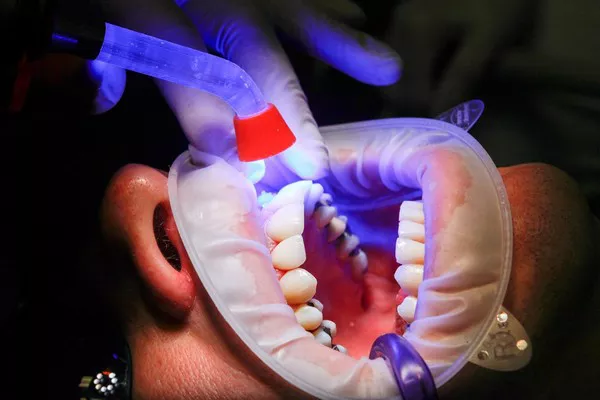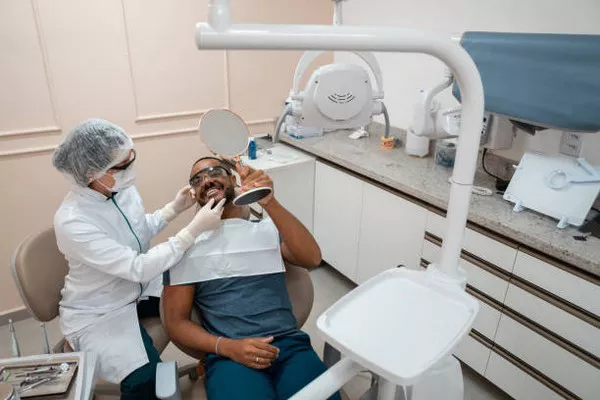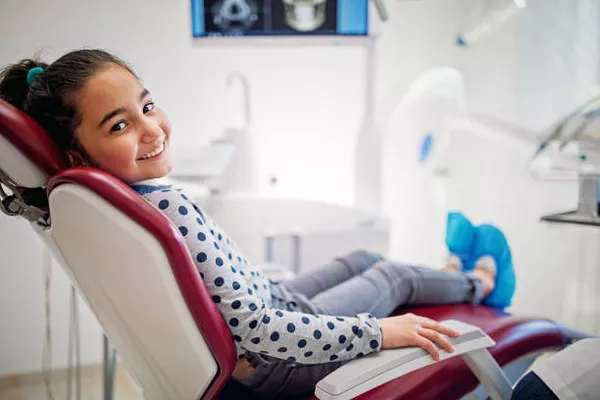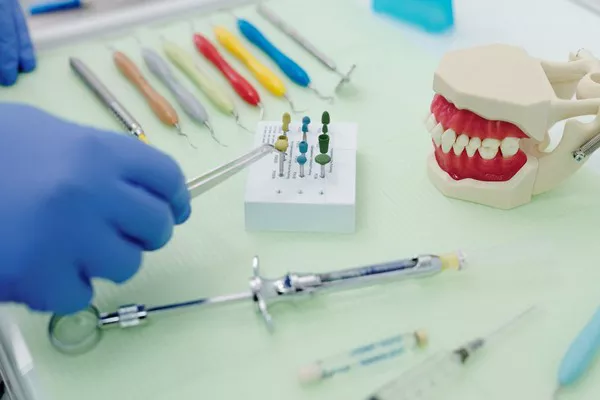Using whitening strips is a popular method for achieving a brighter smile at home, but knowing how to care for your teeth immediately after treatment is essential for maximizing results and preventing potential issues. This article addresses whether it’s safe to eat or drink immediately after using whitening strips, explains why waiting is generally recommended, offers practical recommendations, and provides additional tips for maintaining a healthy, bright smile post-treatment.
Explanation
After using whitening strips, there are several reasons why it’s best to avoid consuming food or beverages right away.
Sensitivity
Whitening strips can increase tooth sensitivity, particularly in the hours immediately following treatment. The active ingredients in whitening strips, such as hydrogen peroxide or carbamide peroxide, can temporarily open up the pores of the enamel to remove stains. This makes the teeth more susceptible to sensitivity, especially to hot, cold, acidic, or sugary foods and drinks. Consuming these items right after using whitening strips can intensify sensitivity and discomfort.
Whitening Effectiveness
Eating or drinking immediately after using whitening strips can dilute the whitening agent remaining on the teeth. This may reduce the effectiveness of the strips as the active ingredients are washed away or neutralized by food particles and liquids. To ensure the whitening agent has ample time to work effectively, it’s advisable to avoid eating or drinking for a period after using the strips.
Tooth Enamel
Some whitening strips contain ingredients that can temporarily make the enamel more porous. This increased porosity can make the teeth more vulnerable to staining from pigmented foods and beverages consumed immediately after whitening. Acidic foods and drinks can further compromise the enamel’s integrity, potentially leading to increased susceptibility to staining and sensitivity.
See Also: Can You Eat Before Using Whitening Strips
Recommendations
To maintain the effectiveness of whitening strips and minimize potential side effects, it’s recommended to wait at least 30 minutes to an hour before eating or drinking after using whitening strips. This waiting period allows the active ingredients in the strips to settle and continue working without interference from external substances.
Additional Tips
Here are some additional tips to help you maintain a bright smile after using whitening strips:
Avoid Highly Pigmented Foods and Drinks: For at least 24 hours after using whitening strips, avoid consuming foods and beverages that are highly pigmented, such as coffee, tea, red wine, tomato sauce, berries, and soy sauce. These items can stain teeth more easily when the enamel is temporarily more porous.
Follow Product Instructions: Each brand of whitening strips may have specific instructions regarding post-treatment care. Follow these instructions carefully to ensure you achieve the best results without compromising your dental health.
Maintain Good Oral Hygiene: Brush and floss your teeth regularly to remove plaque and prevent stains from forming. Using a toothpaste formulated for sensitive teeth can also help alleviate any discomfort caused by increased sensitivity after whitening.
Drink Water: After using whitening strips, rinse your mouth with water to help remove any residual whitening gel and neutralize acidity in your mouth. Water also helps keep your mouth hydrated, which can reduce sensitivity.
Monitor Sensitivity: If you experience prolonged or severe tooth sensitivity after using whitening strips, consult your dentist. They can recommend desensitizing products or adjust your whitening regimen to minimize discomfort.
Conclusion
By following these guidelines and understanding the effects of whitening strips on your teeth, you can maintain a healthy, bright smile while minimizing potential side effects. Always prioritize your dental health and consult with a dental professional for comprehensive care tailored to your individual needs.
You Might Be Interested In































